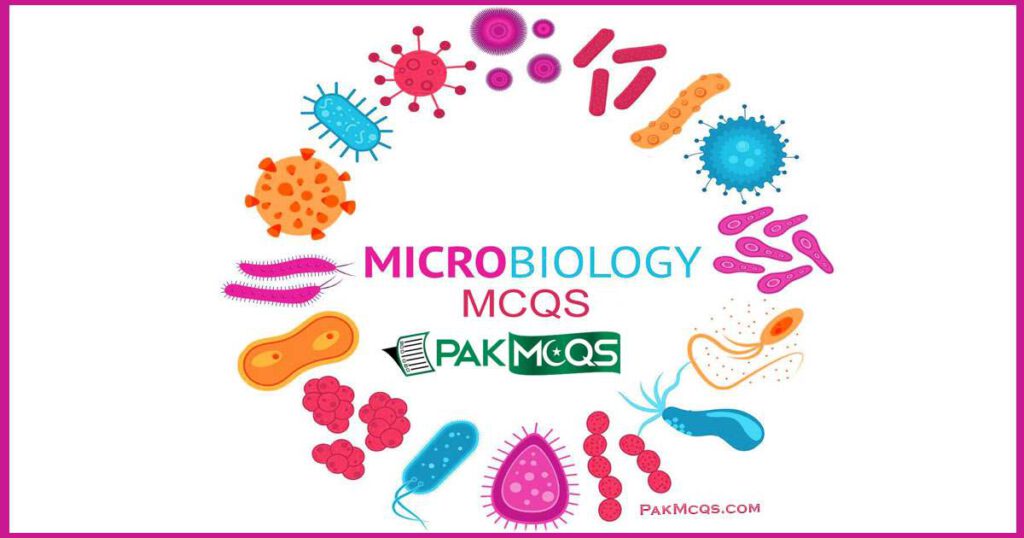A. Acute infection
B. Carrier state
C. Prodromal phase
D. Convalescence
Microbiology

Microbiology Mcqs for preparation. These Mcqs are helpful for Medical students. Microbiology Multiple Choice Questions (MCQ) for entrance examinations and other competitive examinations for all Experienced, Freshers and Students.
| MICRO BIOLOGY MCQS | |||
|---|---|---|---|
| 1. | Bacteriology | 3. | General Microbiology |
| 2. | Mycology And Parasitology | 4. | Virology |
A. Virus
B. Bacteria
C. Spirochete
D. Anaerobe
A. New virus particle arises directly (by division) from preexisting viruses
B. Fall in to the general size range of 200-3000 angstrom unit
C. Contain equal proportions of protein, lipo polysaccharide and nucleic acids
D. Contain DNA but no RNA
A. Cryptococcosis
B. Tuberculosis
C. Candidiasis
D. Aspergilosis
A. Chick embryo
B. Blood agar
C. Guinea pigs
D. Cell culture
A. 1 week
B. 6 week
C. 3 months
D. 6 months
A. The time lapse between the infection and detection of viral antibodies
B. The time lapse between the infection and development of AIDS
C. The time lapse between obtaining the sample and detection of virus in the lab
D. None of the above
A. Red blood cells
B. Fibroblasts
C. Helper T lymphocytes (CD4)
D. Mast cells
A. Apthous stomatitis
B. Tuberculosis
C. Pneumocystis carinii pneumonia
D. Herpetic gingivostomatitis
A. Orthomyxo virus, which is a DNA virus
B. Paramyxo virus, which is a RNA virus
C. Paramyxo virus, which is a DNA virus
D. Orthomyxo virus, which is a RNA virus

